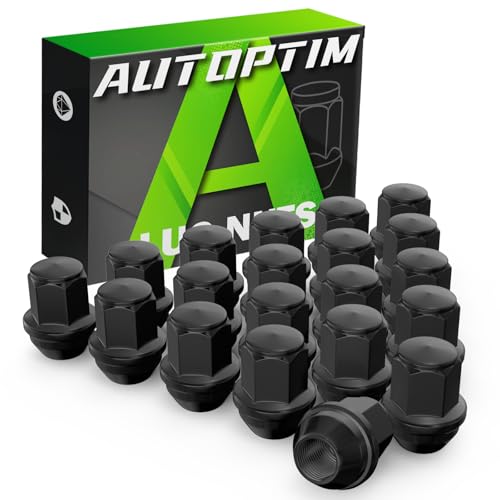HV oil pumps and big oil pans can fill the valve covers on a 351C. The oil can not drain fast enough to get back to the pan. Its a mess.
HV oil pumps and stock pans can pump the pan dry and then the oil pump runs dry for a few seconds - no mess but bad things happen.
HV pumps can wipe bearings - this is sort of not true - sort of... Very hard to explain. Here goes......
The bearings that have a smaller oil hole in them than the blocks oil passages or that get installed slightly off center (a poor mans restrictor trick) will end up with higher oil pressure behind them thus lifting or pushing the bearing harder against the journals at that point. This gives the illusion that the bearing has been "wiped" by the oil when in fact the clearances just got pinched and the bearing failed.
I did use HV pumps on a solid lifter race only engines. We clearanced all the bearings to make certian that the oil hole was much larger than the oil passage in the block. Everything was chamfered and cleaned up. We bushed the lifters only. No other restrictions added. We also added a big line from the back of the heads and down to the back of the pan for the oil to have a place to go. The only other must was to have a "crank scrapper" type windage tray.
These were engines that were launched at 8500 rpm and shifted at 9K. Miss a shift and they could bounce off of 12K and still stay together most of the time (but not always).
We built a few multiple dry sump setups so the crank, cam, and valve train all had its own seperate oiling systems. These were expensive, complicated, and did not seem to hold up better than just bushing the lifter bores.
I have built and ran your proposed set up with a stock pump, stock pan, stock rods, and no oiling mods. It sounds to me like your engine builder knows about 351C's. That is kind of rare. Trust him.
If you drop the compression into the low to mid 10's you can run quench heads on todays crappy premium pump gas. If not your are going to have to tune very very carefully to keep it from pinging and or you are going to have to add octane booster each time you fill up.
Clevelands do not like to get "pinged" and tend to come apart pretty fast when they get lean. It is so much more forgiving to tune a 9:5 or 10:1 engine than an 11:1 and the seat of the pants difference in real world of street performance is minimal.
The true wonderment of a 351C is that you can spin them must faster than a "normal" engine due to the fuel velocities and tricky fuel charge momentums and resonance from the head design. (hint do not grind down that silly little bump in the runner - it is there for a reason). Build your Cleveland for higher RPM and match everything up to that.
My favorite 351C set up for the street is 9.5:1, set up to run best at 8K with an automatic, big stall converter, plus a deeeeeeeep rear end gear setting in a well layed out rear suspension that actually hooks up. This results in a well behaved and bullet proof engine that will run in the low 12's or high 11's in our big Mustangs. What more can you ask for?
Put this in a Pinto or Maverick and it gets stupid scary.
Regardless I would save as much $ as possible for rear suspension mods - or tires, lots of tires LOL!.
Paul















































